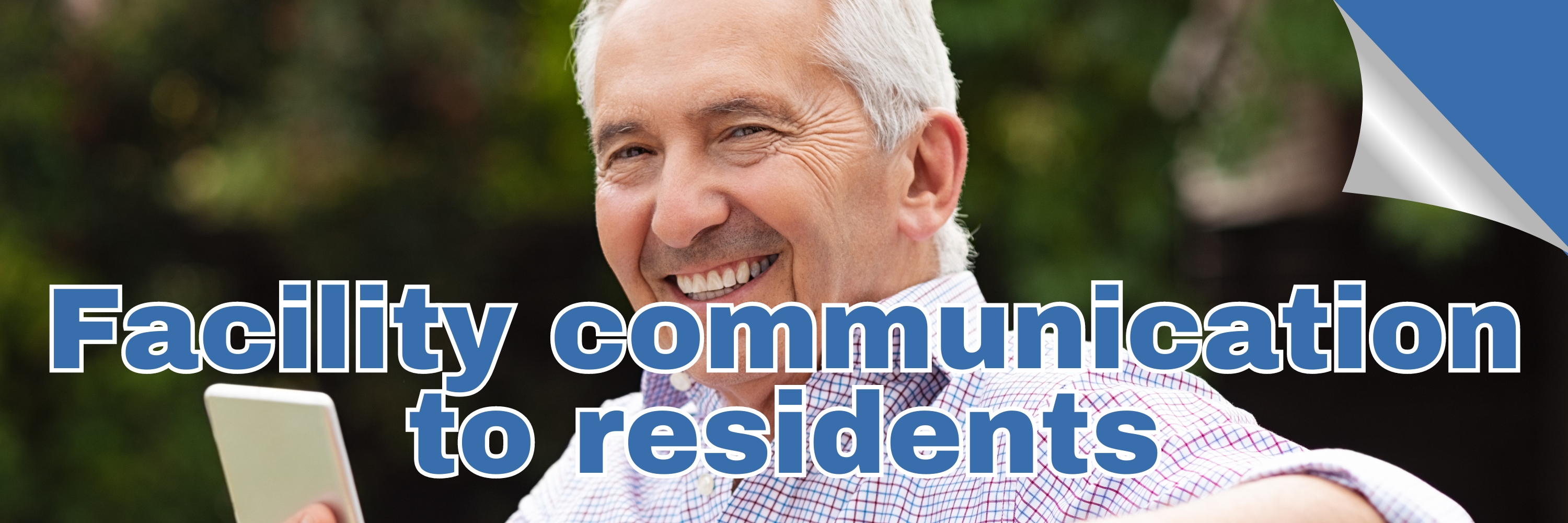How does the facility communicate with residents, families, and healthcare providers about care updates, changes, and important information?

Assisted living facilities typically use a variety of communication methods to keep residents, families, and healthcare providers informed about care updates, changes, and important information. Here are some common communication strategies used in assisted living facilities:
In-Person Meetings: Facility staff may schedule in-person meetings with residents, families, and healthcare providers to discuss care updates, changes in health status, and any important information face-to-face.
Care Conferences: Regular care conferences are often held to review residents' care plans, assess progress, address concerns, and collaborate on decision-making with input from residents, families, and healthcare providers.
Printed Materials: Facilities may provide printed materials, such as newsletters, handouts, brochures, or care plans, to communicate important information, upcoming events, and updates to residents, families, and healthcare providers.
Digital Communication: Many facilities use digital communication tools such as email, text messages, facility websites, or online portals to share care updates, event calendars, educational resources, and community news with residents, families, and healthcare providers.
Notice Boards: Common areas in the facility may feature notice boards or bulletin boards where important announcements, schedules, activity calendars, and contact information are displayed for easy access by residents, families, and visitors.
Phone Calls: Facility staff may make regular phone calls to residents, families, and healthcare providers to provide updates, check in on well-being, or address any urgent matters that require immediate attention.
Care Coordination: Assisted living facilities often engage in care coordination with healthcare providers, specialists, therapists, and external services, ensuring that relevant care updates, treatment plans, and health information are effectively communicated and shared among all involved parties.
By utilizing a combination of these communication methods, assisted living facilities can maintain transparent, timely, and effective communication with residents, families, and healthcare providers, promoting collaboration and ensuring that everyone remains informed and engaged in the care process.
